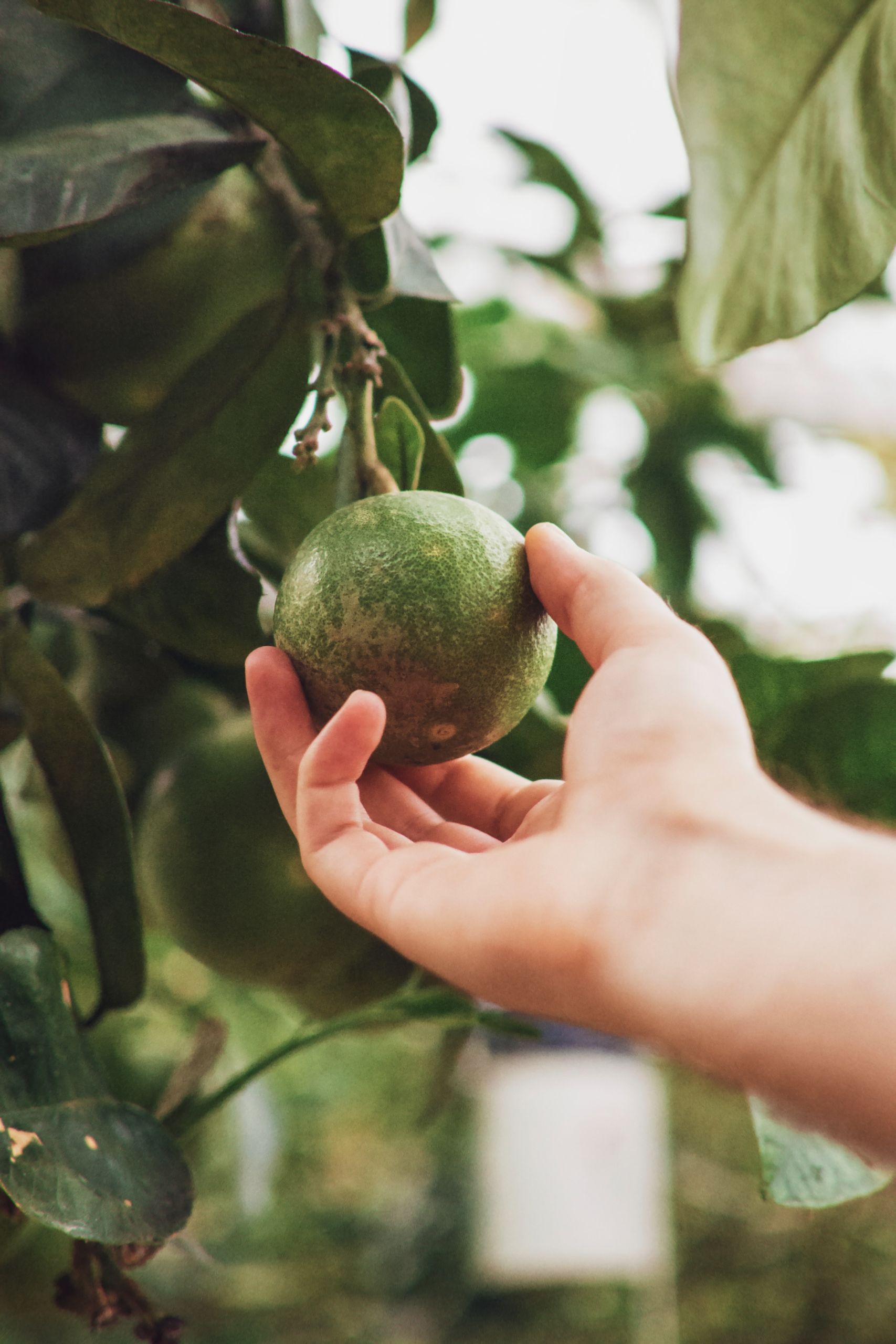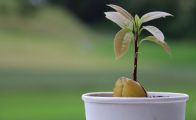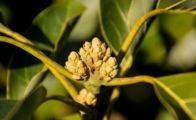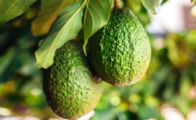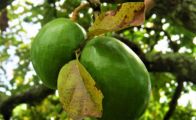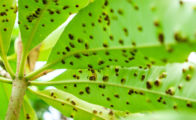Growing an avocado tree is a labor of love. First, you have to root a seed, then care for your tree and watch it grow. You may care for your tree for up to 10 years before you see your first blooms. With proper pollination, once your tree starts blooming, it may begin to grow fruit. As you build excitement over the season, witnessing your tree finally produce its first fruit, you may begin to panic: how do you know when to pick an avocado? After years of waiting, the last thing you want to do is pick your avocados off the tree at the wrong time and risk ruining the superfruit. It’s time to enjoy the literal fruit of your labor, so when do you pick avocados off the tree?

The Life Cycle Of An Avocado
Before we talk about when to pick an avocado, let’s first briefly discuss how the fruit comes about in the first place. Once you root an avocado and place it in a warm, sunny location to grow, you’ve just begun your journey towards developing your own avocado fruit at home. Depending on what kind of avocado tree you grow, your plant may not reach flowering age for 10 to 15 years. To cut down on this time to maturity, consider grafting mature branches onto your young tree.


Use an Avoseedo to root your own avocado pit.
Avocado flowers are what’s called “complete,” meaning they have both male and female parts. Over two days, the flowers open as female and male separately. This fact means that an avocado tree is capable of pollinating itself to produce fruit. Most of the flowers eventually drop away from the tree, but the ones that are successfully pollinated can produce fruit. Once you witness your tree begin to produce fruit, they will continue to do so yearly, usually starting around April. When cared for properly, avocado trees can live for decades. The oldest tree still around today resides on the Berkley campus of the University of California and was planted in 1879.

When To Pick an Avocado
Now that we understand a little of what goes into producing an avocado, now we answer the essential question: when do we pick them? Some fruits grow larger and better the longer we leave them on their mother plant. Others reach their peak during a particular season and become less flavorful if we fail to pick them. So in which camp does the avocado lie? Technically, neither.
Leaving Avocados On the Tree
Though avocados mature on their parent tree, they do not ripen. Avocados must be removed from the tree to start the ripening process. Even once the fruit reaches maturity, producers leave many varieties on the tree as a form of storage until they are ready to harvest the superfruit. The most popular commercial type there is, Hass avocados, can “store” on the tree for up to 8 months! As the fruit matures on the tree, they often lose some of their bloom, meaning their color may fade, become less shiny, and they may develop rust-colored spots on the skin. Inside the superfruits, the seedcoat turns from white to dark brown.

Time To Ripen
The time between when avocados are picked and when they are perfectly ripe to eat is called the “softening” time. The softening process takes between just a few days and up to a week, depending on environmental factors like variety, climate, and storage temperature.
So, How Do You Know When To Pick An Avocado?
The best way to determine if the avocados on your tree are done growing is to pick one of the largest ones and allow it to soften at room temperature for a few days. If the fruit softens to a good consistency, is not tough or leathery, doesn’t shrivel up, and doesn’t taste bitter, then it’s good to eat! Great news: that means the rest of the avocados on the tree are ready to eat as well! If you aren’t prepared to eat your avocados, the best place to store them is on the tree. Remember, as soon as you pick the fruits, they start to ripen.
Maturity Season of Common Avocado Varieties
| Variety | Season | Color |
| Anaheim | June – September | Green |
| Bacon | November – March | Green |
| Bonita | September – November | Green |
| Corona | June – August | Green |
| Daily | September – November | Green |
| Duke | September – November | Green |
| Dickinson | May – October | Dark purple |
| Edranol | April – July | Green |
| Fuerte | November – June | Green |
| Hass | April – October | Black |
| Hellen | June – September | Green |
| Jim | October – January | Green |
| Mac Arthur | July – October | Green |
| Mesa | May – July | Green |
| Nabal | June – September | Green |
| Pinkerton | December – April | Green |
| Reed | July – October | Green |
| Rincon | April – June | Green |
| Ryan | May – June | Green |
| Santana | September – February | Green |
| Zutano | October – March | Green |

